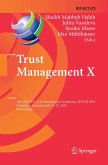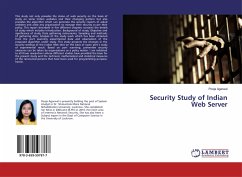The study of crime in general has long remained a poorly understood or rather poorly appreciated subject. Indeed, the fight against crime has too often been reduced to the creation of repressive laws and the development of technological or technical security tools. This book should be approached, not as a collection of magic recipes for computer security in the technical sense of the term, but rather as a tool to help understand the problem of computer security in companies. The book "Conceiving IT security in the enterprise" is composed of three main parts, subdivided into titles and subsections (1, 2, 3, etc.). It would be risky and even pretentious to give some advice or other purely technical indications in this book, since it is based on already established works and processes. It is primarily intended for people responsible at any level for the security of information systems within organizations. It is designed to be accessible to all categories of audiences, as security remains a matter of shared responsibility.







